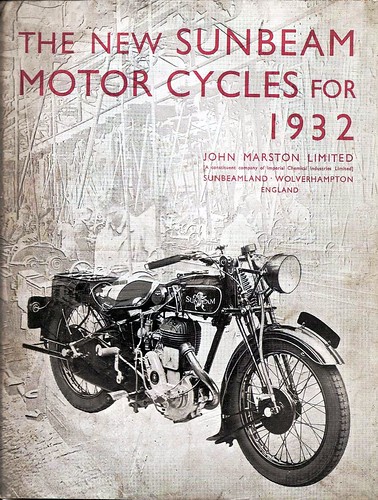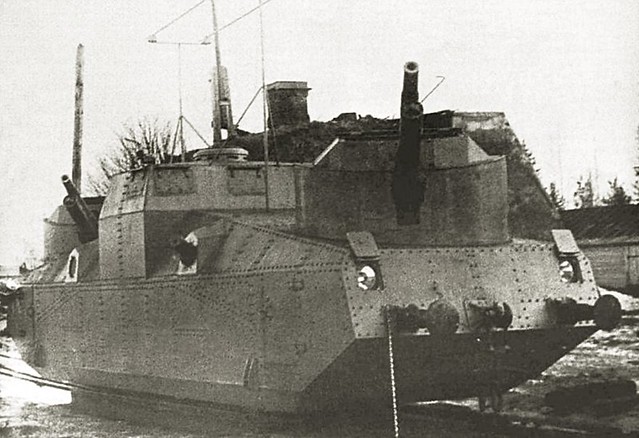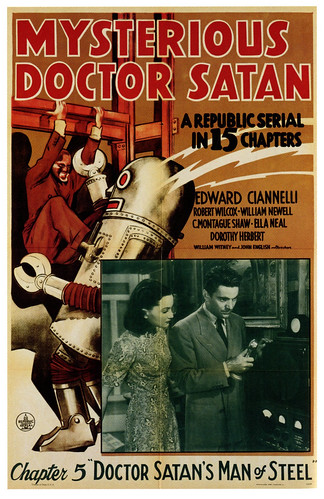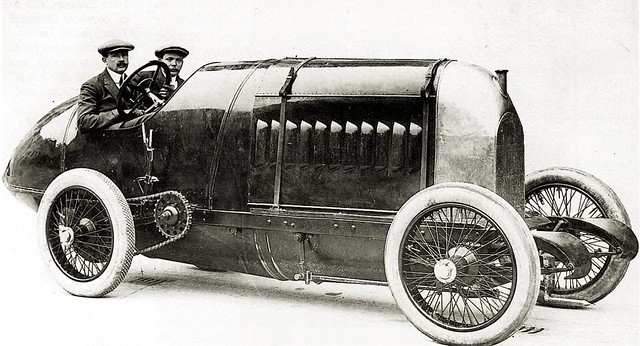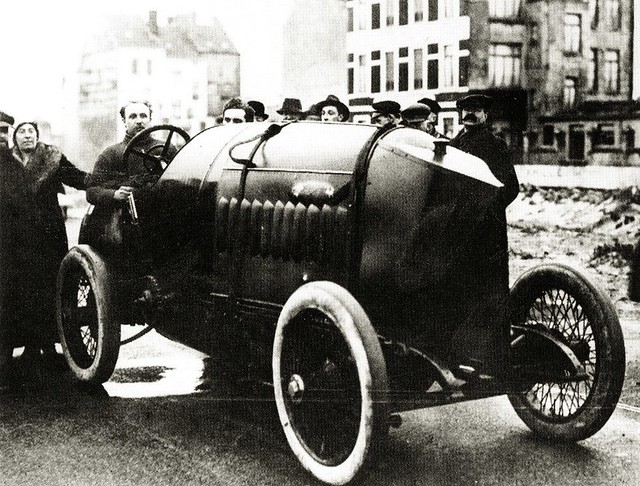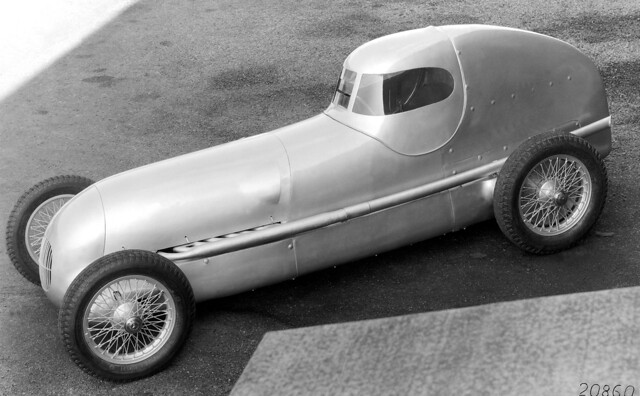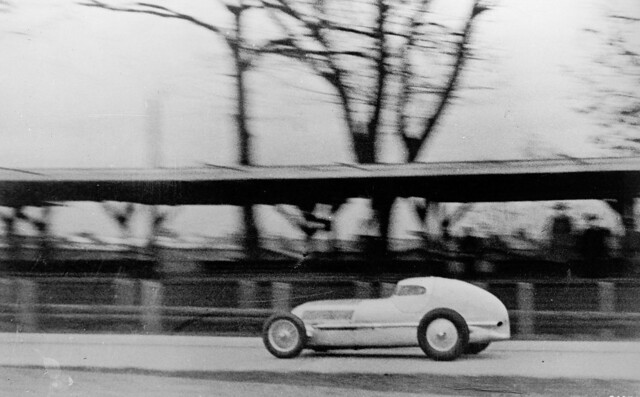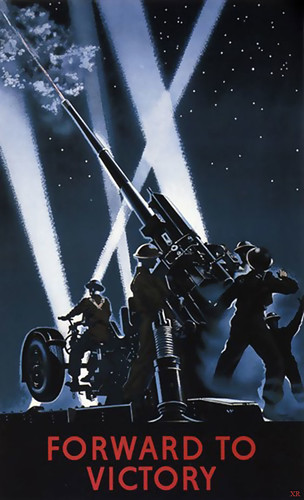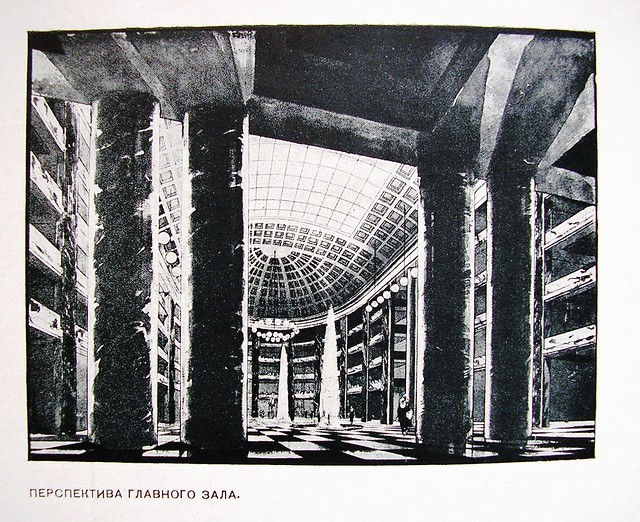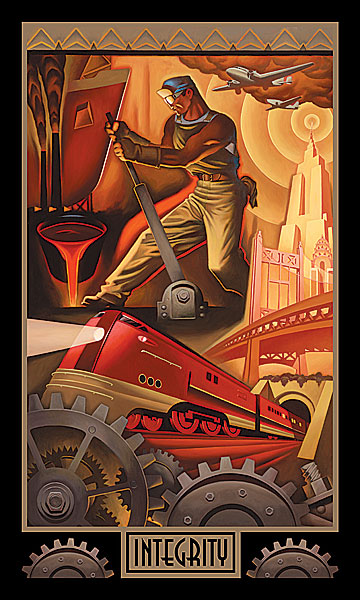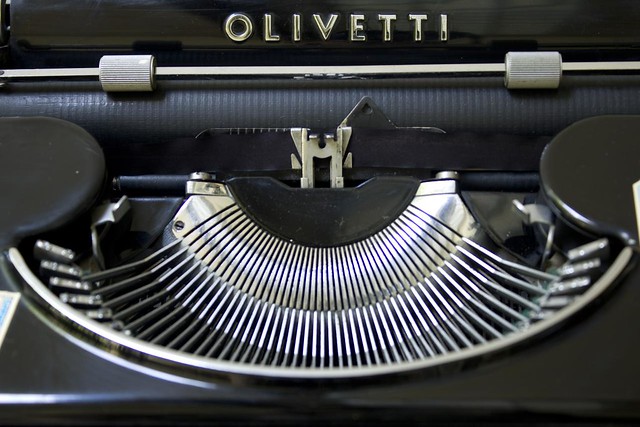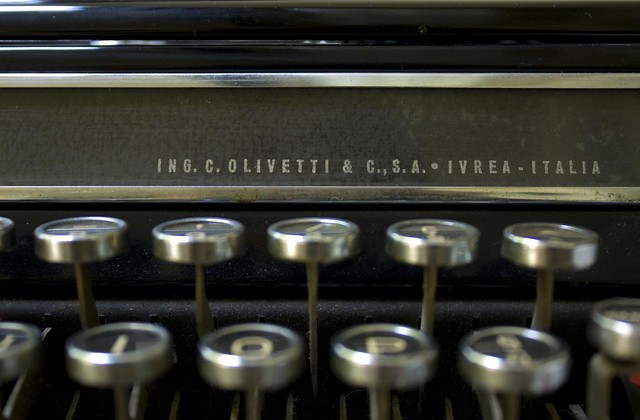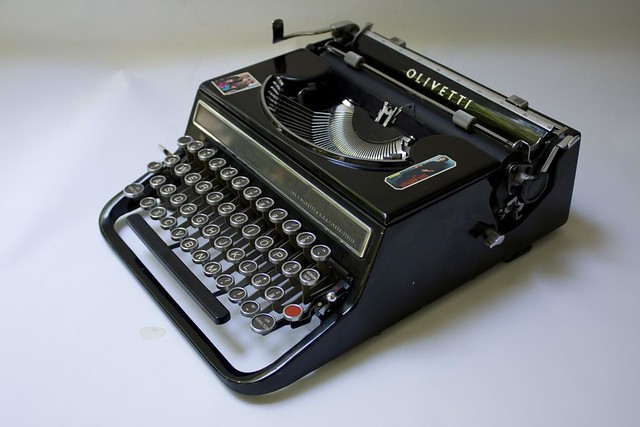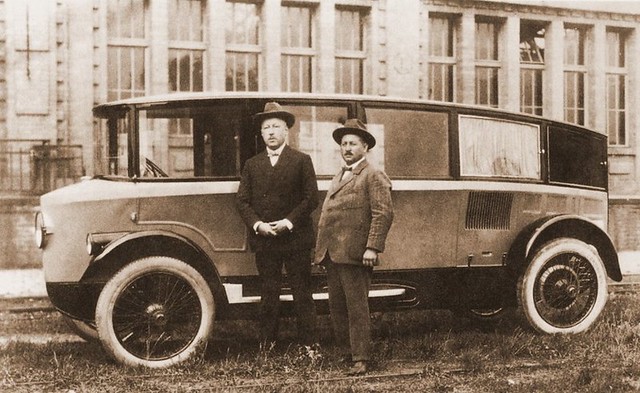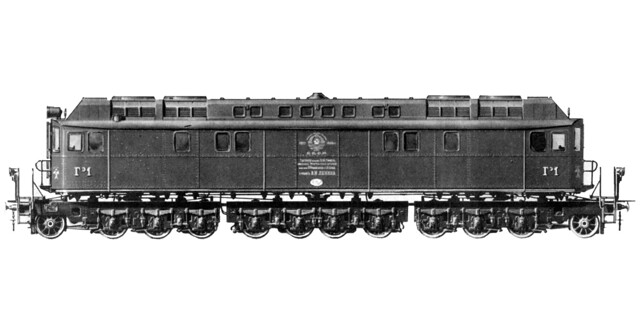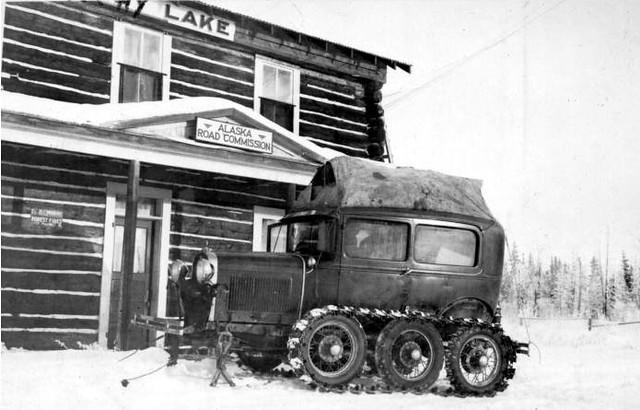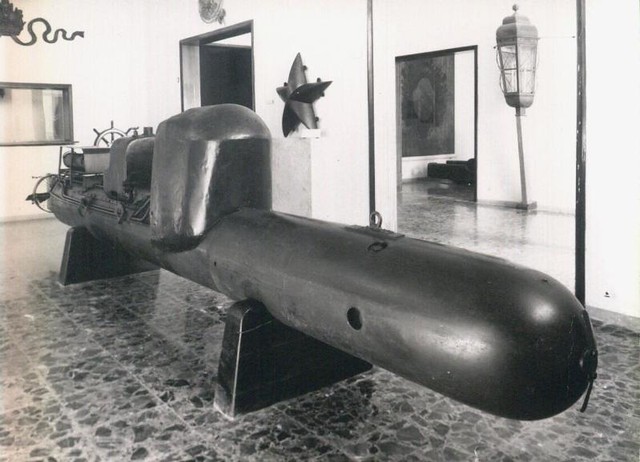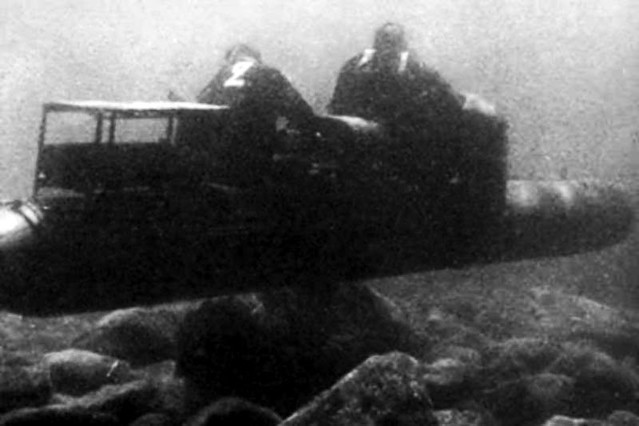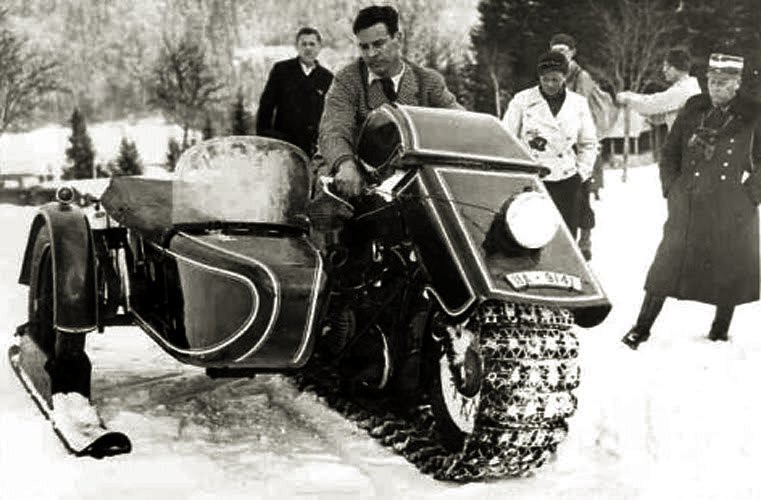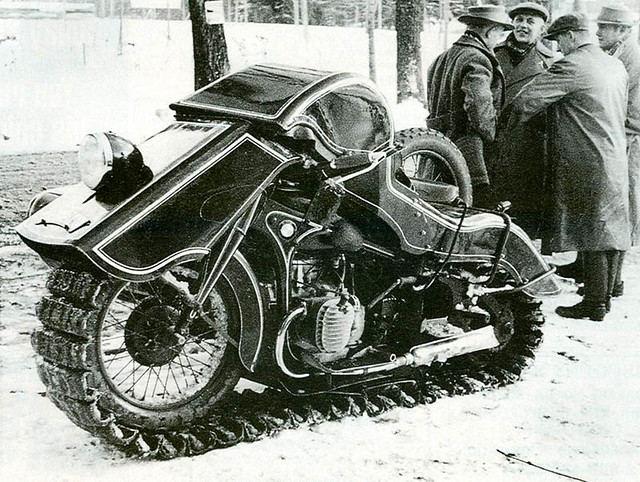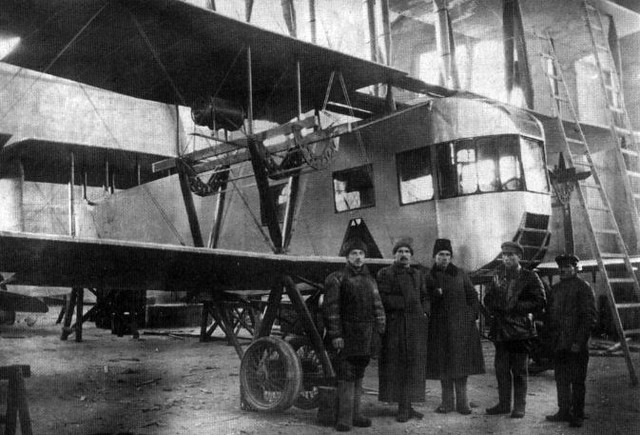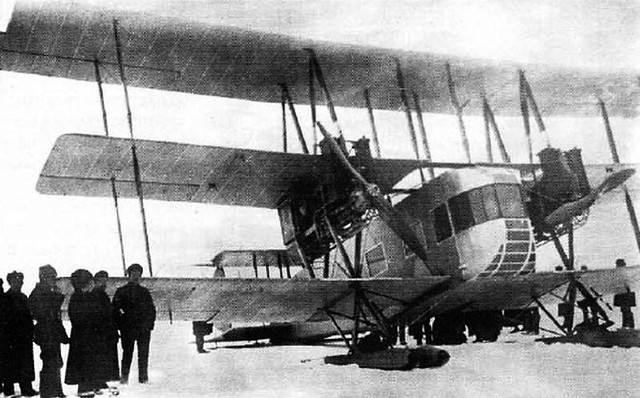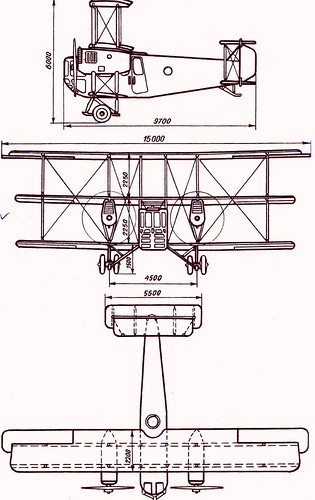Source: motos-anglaises
Friday, August 31, 2012
Thursday, August 30, 2012
Unique Item
Designed by Nikolai Dyrenkov in 1931-1932, the D-6 armored railcar was powered by a 95hp Hercules engine. It was envisaged as a single-turret 107mm gun carrier. Instead, the car was completed with 76mm guns in two turrets, similar to serial-produced D-2 (another Dyrenkov design) but with different engine/transmission layout. After successful tests in 1933, the D-6 was sent to the Far East. Only one built.
Wednesday, August 29, 2012
Tuesday, August 28, 2012
The Beast of Turin
Fiat S.76, 1911
This car was nicknamed “The Beast of Turin”. The Italian engineers came up with a monumental overhead valve engine of 1,730ci (28,353cc) that produced its 300bhp at 1,800rpm, yet still employed just four cylinders. The engine was so tall the driver had to almost peer around the edge of the hood, but to aid aerodynamics, it was extremely narrow.It was said to have reached 137mph (220kph), but suspect timing equipment and bad weather prevented two runs within an hour — a requirement for a world record qualification. Sukhanov’s team spent a further six weeks trying in late 1913 before admitting defeat.
Info: The Automobile Age
See Found in Transition @ Dieselpunk Encyclopedia (NEW!)
Monday, August 27, 2012
Sunday, August 26, 2012
Mercedes-Benz W25 Rennlimousine
... the performance of the record car was increased to 430 hp, its
transmission ratios were changed, and its cockpit was equipped with a
lining which made Caracciola dub the car "racing limousine", but apart
from that, it had the same design features as a standard W 25 racing
car. It achieved a speed of 317.5 km/h.
Saturday, August 25, 2012
Friday, August 24, 2012
Miniplenty
A Study for Narkomsnab Department Store, Leningrad
Narkomsnab is People's Commissariate for Supplies, an analog of Orwell's Ministry of Plenty
Source: rdp4v @ LJ
Thursday, August 23, 2012
Moral Achievements
Wednesday, August 22, 2012
Tuesday, August 21, 2012
Monday, August 20, 2012
Special Bodywork
1921 Rumpler Tropfenwagen (Teardrop Car) convertible
Sunday, August 19, 2012
Three Beauties
1930s
Both aircraft (have you noticed 'em at all?) are of the de Havilland 86 Dragon Express type
via paul.malon @ Flickr
Saturday, August 18, 2012
Rail Submarine
The first Soviet diesel-electric locomotive was designed by Yakov Gakkel, an aircraft engineer, and Prof. Alexander Rayevsky, chief designer of Putilov Works.
It was powered by a 1000hp Vickers diesel submarine engine and two Volta electric generators, also intended for use in submarines. Top speed was 75 km/h.
The Ge-1 made its first commercial run on January 16, 1925. It is preserved at the railway museum in Saint-Petersburg.
Color photo: Sergey Nemanov via Wikimedia Commons
Friday, August 17, 2012
Thursday, August 16, 2012
Wednesday, August 15, 2012
Maiale Human Torpedoes
Initially developed by Italy and later copied by Britain and other countries, they were designed in secret, to sneak up on and attack ships in an enemy’s harbor.
Developed in 1918, by two divers of the Italian Navy-Raffaele Paolucci and Raffaele Rossetti, they rode a primitive manned torpedo into the Austro-Hungarian Naval base at Pola, and sank the Austrian battleship Virbus Unitis and a freighter. Sans breathing gear, they rode in with there heads above water. Both men were discovered and captured, but not before their success.
As a result of this first attempt, the First Fleet Assault Vehicles were formed in 1939, by Major Teseo Tesei and Elios Toschi of the Italian Royal Navy. In 1940, Commander Moccagatta of the IRN, reorganized this group, into the Tenth Light Flotilla of Assault Vehicles aka X-MAS. It constructed manned torpedoes and trained navy frogmen. The IRN X-MAS group attempted an attack on Valletta Harbor in July of 1941, which was a complete disaster and which resulted in the death of Major Tesei.
A better design, was the Italian Human Torpedoes, called Maiale (meaning “Pig,”) as it was slow to steer. Three feet high and 23 feet long, it was electrically powered by a 2 hp electric motor. It had a crew of two, which rode atop the device and had a max. speed of 4 knots. It carried a detachable 300 kg warhead.
By 1941, the first action, to use these secret “human torpedoes,” was the Raid on Alexandria, when Italian forces attacked the Royal Navy in the harbor. The Italian submarine Scire, left it’s naval base, carrying three Maiale’s. They picked up six Maiale crewman on the isle of Leros in the Aegean Sea.
On the 19th of December, the Italian submarine released its compliment of human torpedoes, at a depth of 49 feet and at the distance of 1.3 miles, from the harbor of Alexandria. The Maiale snuck into the harbor, when the British opened their defensive nets to allow the passage of three of their destroyers.
The first vehicle, manned by Italians de la Penne and Bianchi, had engine trouble and had to literally get off and push it. Bianchi then suffered problems with his oxygen supply and had to surface, leaving de la Penne to push the vehicle by himself. Penne accomplished this feat, and successfully made his way to the battleship, HMS Valiant (above), where he placed a limpet mine-a sort of magnetic weapon, which attached to the hull of a ship.
Having to surface, both men were found and captured. The odd part of their capture, was that they came to be confined aboard the very ship de la Penne had mined! Not only that, but they were kept in a compartment under sea level and not far from where the mine was placed. Shortly before the mine was to explode, de la Penne informed the captain of HMS Valiant of the impending explosion. He didn’t’ disclose the location of the bomb, and was sent back to his holding room. Both men survived the explosion without major injury.
In addition to the sinking the HMS Valiant, two other Maiale’s scored similar feats. One sunk the battleship HMS Queen Elizabeth, the stern blown off a Norwegian tanker Sagona, and the HMS Jervis, a British destroyer, was severally damaged. All Maiale crewman had been rounded up and captured, but not before their destruction was complete.
Developed in 1918, by two divers of the Italian Navy-Raffaele Paolucci and Raffaele Rossetti, they rode a primitive manned torpedo into the Austro-Hungarian Naval base at Pola, and sank the Austrian battleship Virbus Unitis and a freighter. Sans breathing gear, they rode in with there heads above water. Both men were discovered and captured, but not before their success.
As a result of this first attempt, the First Fleet Assault Vehicles were formed in 1939, by Major Teseo Tesei and Elios Toschi of the Italian Royal Navy. In 1940, Commander Moccagatta of the IRN, reorganized this group, into the Tenth Light Flotilla of Assault Vehicles aka X-MAS. It constructed manned torpedoes and trained navy frogmen. The IRN X-MAS group attempted an attack on Valletta Harbor in July of 1941, which was a complete disaster and which resulted in the death of Major Tesei.
A better design, was the Italian Human Torpedoes, called Maiale (meaning “Pig,”) as it was slow to steer. Three feet high and 23 feet long, it was electrically powered by a 2 hp electric motor. It had a crew of two, which rode atop the device and had a max. speed of 4 knots. It carried a detachable 300 kg warhead.
By 1941, the first action, to use these secret “human torpedoes,” was the Raid on Alexandria, when Italian forces attacked the Royal Navy in the harbor. The Italian submarine Scire, left it’s naval base, carrying three Maiale’s. They picked up six Maiale crewman on the isle of Leros in the Aegean Sea.
On the 19th of December, the Italian submarine released its compliment of human torpedoes, at a depth of 49 feet and at the distance of 1.3 miles, from the harbor of Alexandria. The Maiale snuck into the harbor, when the British opened their defensive nets to allow the passage of three of their destroyers.
The first vehicle, manned by Italians de la Penne and Bianchi, had engine trouble and had to literally get off and push it. Bianchi then suffered problems with his oxygen supply and had to surface, leaving de la Penne to push the vehicle by himself. Penne accomplished this feat, and successfully made his way to the battleship, HMS Valiant (above), where he placed a limpet mine-a sort of magnetic weapon, which attached to the hull of a ship.
Having to surface, both men were found and captured. The odd part of their capture, was that they came to be confined aboard the very ship de la Penne had mined! Not only that, but they were kept in a compartment under sea level and not far from where the mine was placed. Shortly before the mine was to explode, de la Penne informed the captain of HMS Valiant of the impending explosion. He didn’t’ disclose the location of the bomb, and was sent back to his holding room. Both men survived the explosion without major injury.
In addition to the sinking the HMS Valiant, two other Maiale’s scored similar feats. One sunk the battleship HMS Queen Elizabeth, the stern blown off a Norwegian tanker Sagona, and the HMS Jervis, a British destroyer, was severally damaged. All Maiale crewman had been rounded up and captured, but not before their destruction was complete.
Source: Louis @ The Few Good Men
Color photo: Sgt. Mac's blog
Tuesday, August 14, 2012
Town Market
Mercado Municipal, A. Gonsalez Chavez town, Buenos Aires Province, Argentina
ca. 1936-1940
Architect: Francisco Salamone (1897-1959)
Monday, August 13, 2012
Sunday, August 12, 2012
BMW Snowmobile
ca. 1936
Source: Flesh & Relics Blog
The "Schneekrad" prototype snow machine was built by BMW engineer Riemerschmidt, using a BMW R-12 engine in a "Gleitkettenkraftrad" or "slip-chain" motorcycle design and a Steib TR-500 sidecar. The diagram appears to be completely infeasible unless there are two separate tracks with the operator mounted between them: yet the photos appear to show a single track which runs beneath the rider and fuel tank. Most likely Riemerschmidt was simply experimenting with the design using whatever pieces were at hand rather than demonstrating a finished prototype.
Saturday, August 11, 2012
Funnel Spotting
A booklet, shaped like a liner, and with each
page showing different colour designs of the funnels denoting the
various shipping lines that used the Southern's Docks at Southampton.
Via mickeyashworth @ Flickr
Friday, August 10, 2012
Red Triplane
This aircraft has nothing to do with the favorite mount of Manfred von Richthofen. Actually, it was painted blue.
The KomTA was designed in Soviet Russia as a replacement for the Sikorsky heavy bomber. The models were tested in wind tunnel, and the construction started on January 1, 1921. The triplane, powered by a pair of Fiat A-12 engines, was ready for flying tests only in March, 1922. After two unsuccessful take-off runs the KomTA was extensively redesigned and rebuilt.
Finally it made its maiden flight in 1923, with Apollinary Tomashevsky at the controls. After a series of tests the KomTA was deemed unreliable, transferred to Serpukhov flight school for use as a non-flyable training device, and then scrapped.
The KomTA was designed in Soviet Russia as a replacement for the Sikorsky heavy bomber. The models were tested in wind tunnel, and the construction started on January 1, 1921. The triplane, powered by a pair of Fiat A-12 engines, was ready for flying tests only in March, 1922. After two unsuccessful take-off runs the KomTA was extensively redesigned and rebuilt.
Finally it made its maiden flight in 1923, with Apollinary Tomashevsky at the controls. After a series of tests the KomTA was deemed unreliable, transferred to Serpukhov flight school for use as a non-flyable training device, and then scrapped.
Thursday, August 9, 2012
Subscribe to:
Posts (Atom)
